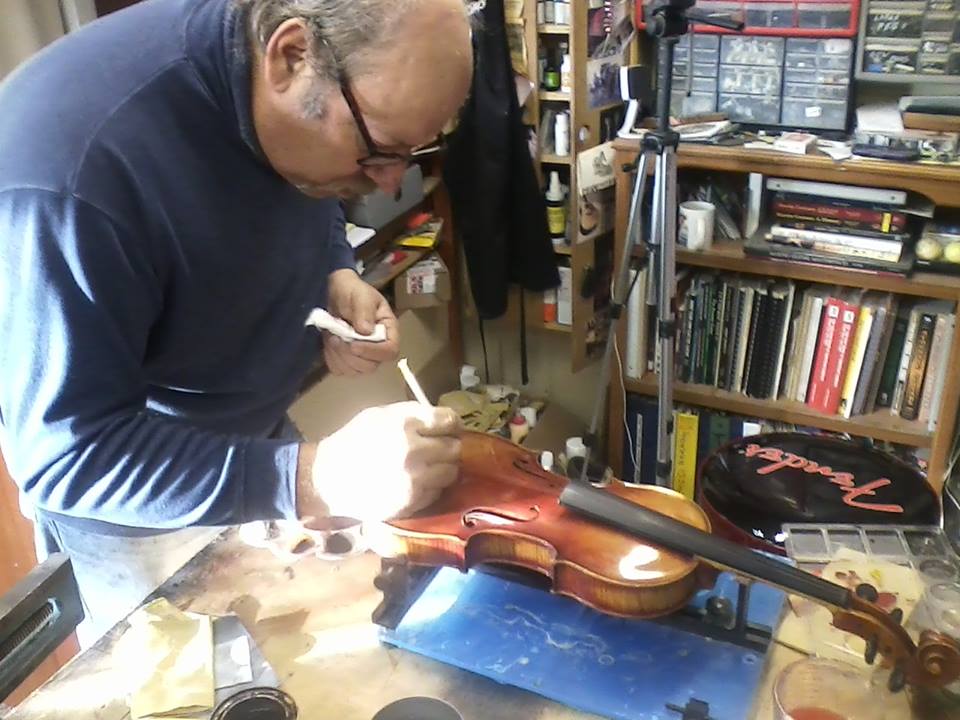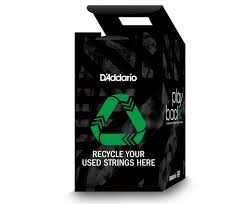Stringed Instrument Repairs
A common question I get from customers is: “Do I really need to get this repaired?”. Most repairs could be optional.
Some could be put off; if you can live with the results. Others still may not be worth the cost comparison to your instrument’s value. Half of the time the repair is usually cheaper than replacing the instrument. Clients will balk at a $300 fret job but they can’t buy the same instrument for the same money.
So repairing a decent instrument is valuable. To replace a broken off headstock on a $100 guitar is probably not a value as opposed to repairing one on a Martin D-28. So instrument value to cost of repair definitely is a factor.
Cracks are always a question as to “Should we?”; “How long can I wait?; and “Do I need to do this?” Cracks on top, back and sides should be dealt with as quick as possible. The sooner the repair the better it will look when completed.
Splits will catch all manner of dirt and debris making for a harder invisible repair. Also, the edges become chipped making the repair more visible or expensive to make look its best.
Broken headstocks are best if repaired quickly. Many people believe if the headstock is broken the instrument is junk; but this is in the top five of repairs I do the most and if repaired correctly the instrument will give years of service.
Electronic repairs are a different sort. If you rarely play amplified you may not need to get your electronics up and running on your acoustic instrument. But with electric instruments this becomes more of a pressing problem. Electronics that make scratchy noises or make noise when you turn a knob or flip the switch may go years without repair. While plugging in and getting no sound at all will need looked at right away.
These are few examples of repairs and “Should I, Shouldn’t I get something done?”. I would love to say everything should always be repaired immediately but that is not reality.
Remember the choice is always the customer’s and how much is done is also their decision. Anton’s will give you a quote and suggestions, but ultimately the client will decide.
Play daily and Enjoy!







